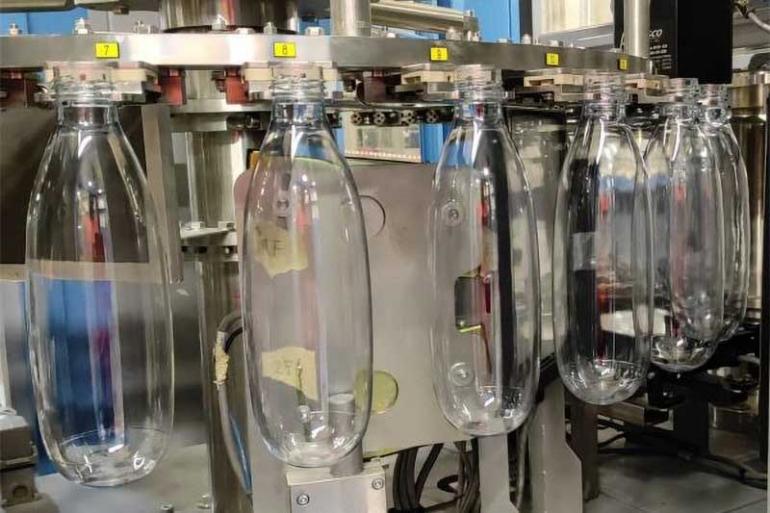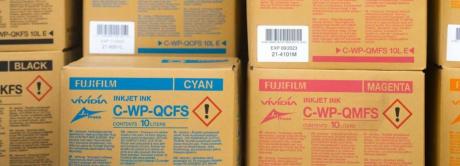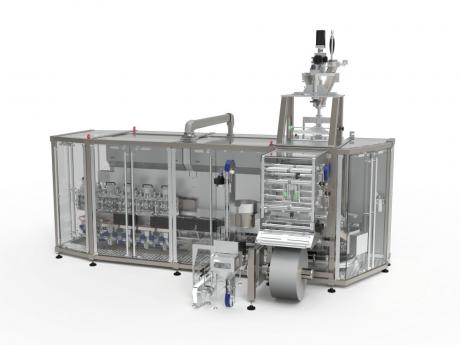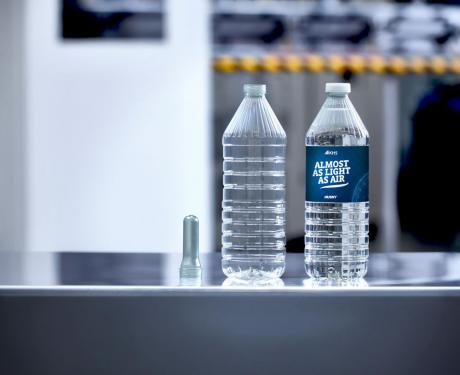The manufacturer of in-home carbonations systems SodaStream is known for marketing products which transform tap water into flavoured or unflavoured sparkling soda water at the touch of a button. The company knew it had to continue evolving to satisfy changing consumer needs. One of those needs was providing consumers with a sturdy, refillable container that would handle high dishwasher temperatures and accommodate high-pressure filling, as well as offer clarity and dent/scratch resistance. SodaStream turned to PTI to assist them in engineering a solution that would delight its customers.
Partnering with PTI to develop the preform
The process began with SodaStream working directly with Eastman Chemical to identify a Tritan resin grade that would deliver the necessary properties. It was important that the resin have amorphous glass-like clarity without crystallinity and haze. The resin also had to show some strain-induced crystallization to accommodate reheat stretch blow-moulding. The next part of the of the process was figuring out how to develop a preform that could be commercially blow-moulded. It was important to understand how the Tritan grade was going to be reheated because it needed to be approximately 30C hotter than PET to make the plastic preform malleable enough for blow-moulding. That’s when the company approached PTI to assist them in developing the right preform.
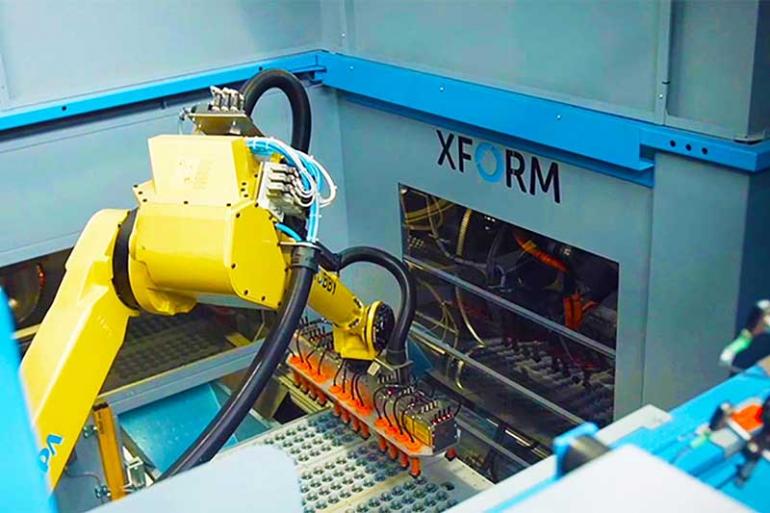
After performing multiple blow-moulding and performance simulations, PTI determined that an 83 g Tritan preform would be able to deliver optimum performance. This represented a 15% weight reduction from SodaStream’s existing 1-litre PET container (part of the weight savings is attributed to Tritan’s lower specific gravity). Prototyping trials and performance evaluations were conducted to ensure application pressure safety, and a sidewall thickness of a minimum 0.7 mm which was required for package integrity after being subject to multiple pressurization cycles. The Tritan material required higher stretch ratios and reheat temperatures compared to PET, which proved challenging for injection and reheat cycle times.
Sipa adds custom bottle manufacturing solution
The thick-walled plastic container meant challenges in both injection and blow-moulding. In order to blow-mould a blemish-free container, special care has to be taken during the manufacturing process so that preform scuffing is minimized when the preforms are transported from injection to blow-moulding. Sipa was able to engineer a blow-moulding machine with enough lamp power to heat a very thick preform close to 140°C without having to carry over the heat of injection for blow-moulding.
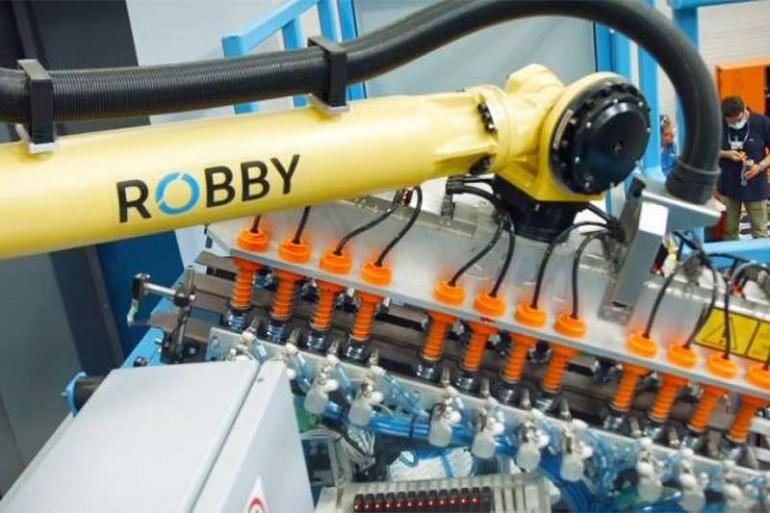
This also eliminates scrap that had been generated when the blow-moulding line went down inadvertently. (Hundreds of preforms had been rendered useless each time because they could not be reheated back to the desired blow temperature). The production process is composed by three steps, perfectly engineered to work synchronized as one.
Preform manufacturing
The system that Sipa developed starts with an XForm 350/48 Gen4 preform injection moulding unit. This can produce several different types of preform both in PET and in Tritan. Once molded on the XForm, preforms are automatically taken out by a robot fitted with a “cool pick plate” and transferred to a stabilization station, where they remain for several cycles.
Preform transfer
They are then picked up by a second robot, a six-axis anthropomorphic type fitted with special end-of-arm tooling equipped with vacuum suction, and immediately transferred to a Sipa SFL 6/6 EVO linear stretch blow-moulding machine.
Bottle blowing
Here, the bottles are formed and then transferred using star wheels for 100% in-line scanning with a camera to ensure their quality. All of this happens in an uninterrupted process, running at a rate of 3,000 bottles/h.
The knowledge and expertise that Sipa and PTI have under one global roof and the high level of flexibility provided were key factor for the success of this unique solution. The complete system involves a high degree of technical complexity that goes well beyond what is normal in the many systems Sipa and PTI have developed over many years for production of single-use PET bottles.
